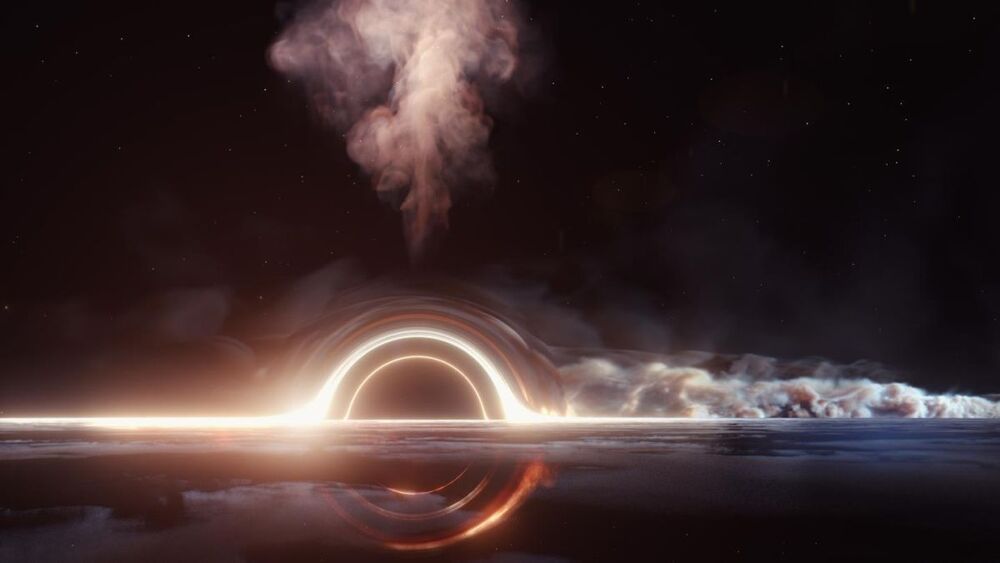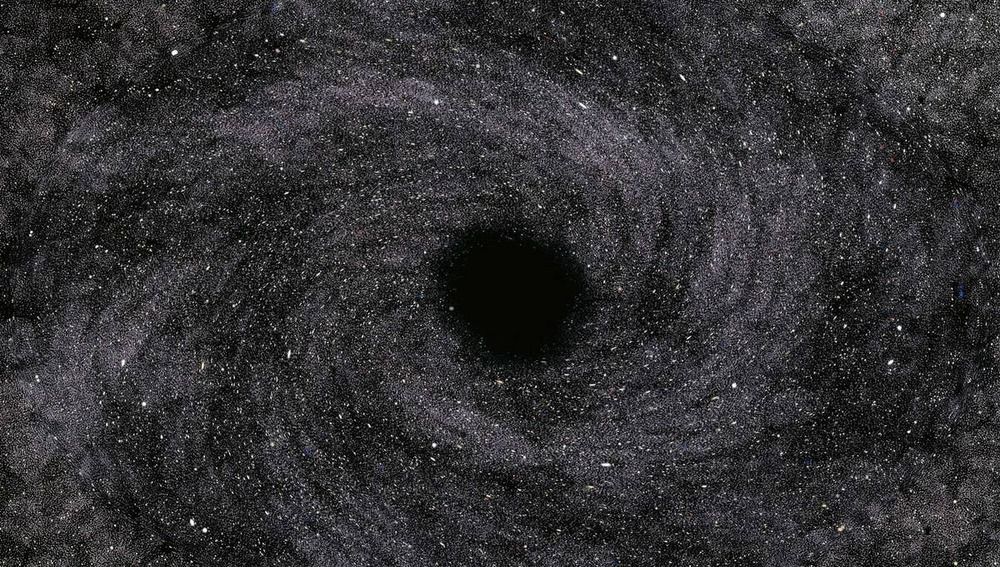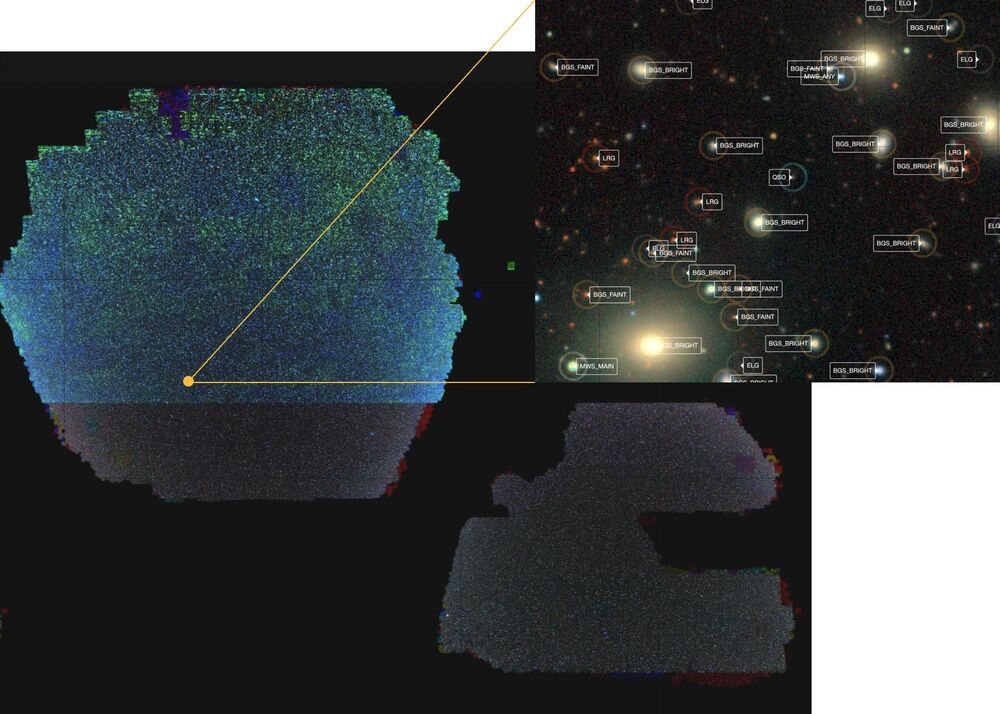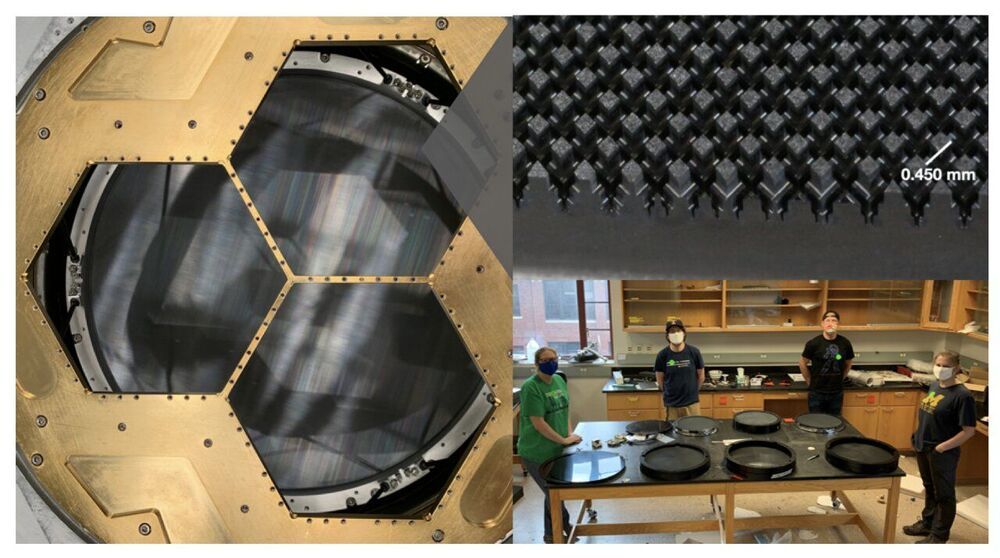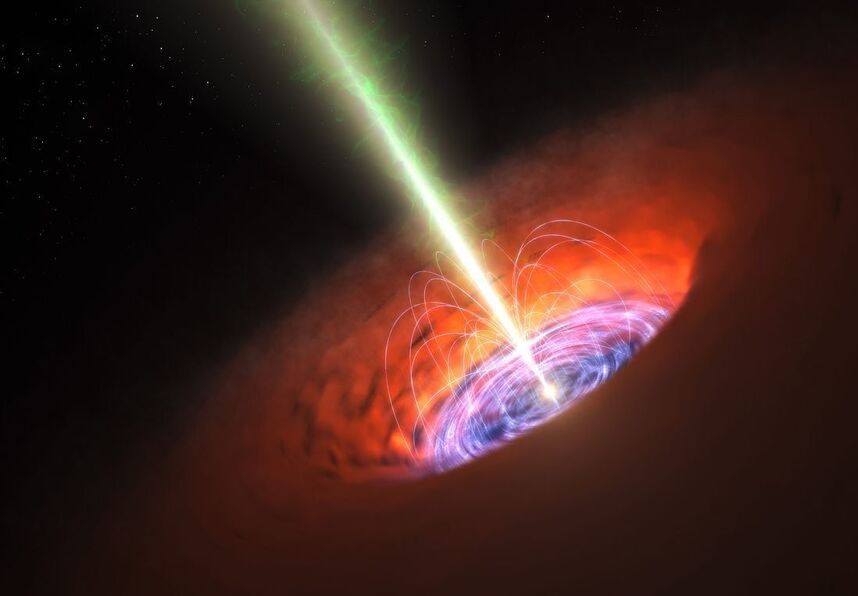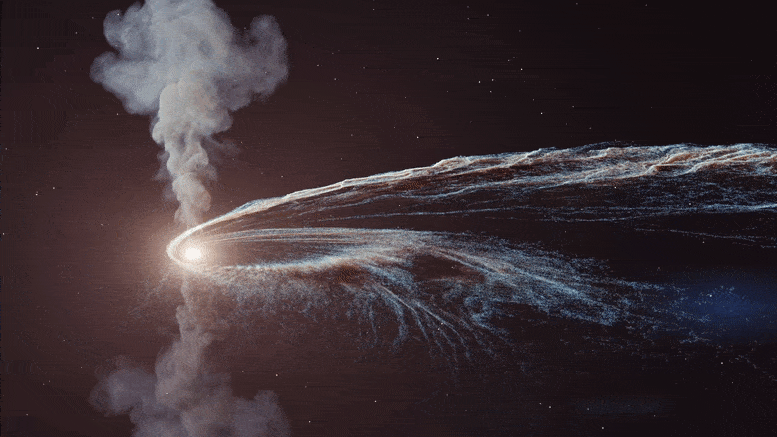
A team of scientists has detected the presence of a high-energy neutrino — a particularly elusive particle — in the wake of a star’s destruction as it is consumed by a black hole. This discovery, reported in the journal Nature Astronomy, sheds new light on the origins of Ultrahigh Energy Cosmic Rays — the highest energy particles in the Universe.
The work, which included researchers from more than two dozen institutions, including New York University and Germany’s DESY research center, focused on neutrinos — subatomic particles that are produced on Earth only in powerful accelerators.
Neutrinos — as well as the process of their creation — are hard to detect, making their discovery, along with that of Ultrahigh Energy Cosmic Rays (UHECRs), noteworthy.
